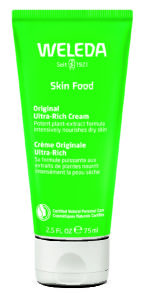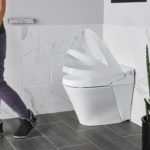Confused about how to clean during and for COVID-19? Who isn’t?
So much information, coming at us so quickly. This week, I tried to sort some of it out:. Here’s what I found:
In an excellent article in Consumer Reports, Richard Sachleben, an organic chemist and member of the American Chemical Society, reminds readers that soap, water, and some elbow grease are effective at breaking the coronavirus’s protective envelope.

The same theory goes for fruit and vegetables, all of which I now wash as soon as they enter the house. I do that simply by scrubbing with cold water and the friction of hand rubbing.
The fridge, which is getting high use these days, gets thoroughly cleaned once a week, and is wiped as necessary daily. I am also turning over all linens—kitchen and bath cloths and towels, bedding—as well as cleaning rags—more frequently than usual. Cleaning brushes are disinfected after every use. I no longer wipe groceries down with a bleach solution. Everyone washes hands before and after either preparing or eating food. I do wipe down the lids of cans before opening them, but I do that in normal times too.

I pay particular attention to disinfecting high-contact surfaces like door handles, both on and in the house, appliances, and the car, as well as kitchen and bath hardware. I suspect keeping these kinds of common-touch points disinfected will become more, not less, important as society opens up.
Health Canada suggests coronaviruses are one of the easiest types of viruses to kill with disinfectant product, and has published a list of hard surface disinfectants likely to be effective against COVID-19.
They recommend frequent cleaning of high-touch surfaces—toys, toilets, phones, electronics, door handles, bedside tables and television remotes—using either regular household cleaners or diluted bleach.
Bleach solution, they say, should be prepared according to instructions on the label or in a ratio of one teaspoon per cup, based on bleach that is five per cent sodium hypochlorite.
TAKE NOTE: Never mix bleach with another solution, and use up whatever you mix with water within a day or so.
Good Housekeeping has useful information on bleach alternatives, including Isopropyl Alcohol solutions with at least 70 per cent alcohol. It should be used after cleaning with water and detergent, and left on the surface for at least 30 seconds to disinfect.
According to the Centers for Disease Control household (three per cent) Hydrogen Peroxide is also effective in deactivating rhinovirus, the virus that causes the common cold, within six to eight minutes of exposure.

They write that “rhinovirus is more difficult to destroy than coronaviruses, so Hydrogen Peroxide should be able to break down coronavirus in less time” and suggest it should be poured undiluted into a spray bottle, sprayed on the surface, and left to sit for at least a minute.
I always open a window when I use any chemical products, but I find myself opening them whenever weather permits this spring; I think ventilation is important when we’re so much inside.
Other than having extremely dry hands, I’m actually enjoying spring cleaning this year. It feels good to sort stuff, to get into neglected corners and the backs of cupboards. I’ve taken pleasure in washing windows and cleaning out their sills, vacuuming window screens, draperies and soft furniture, and dusting ceiling fans and light fixtures. I like knowing the house will be cleaner, more organized, and less cluttered for the rest of the year.
I’m clearly not alone in these feelings. People smarter and deeper than me have been pondering why this is, so I won’t presume to be able to explain it better than them. This piece really struck me, though, and may have something to do with being able to see an enthusiasm for back-to-basics cleaning as a metaphor for doing something that’s both positive and productive.
What simple activities have brought you a sense of satisfaction or meaning? LMK below.
The pretty faucet in the featured pic is the Esque pull-down from Delta.





